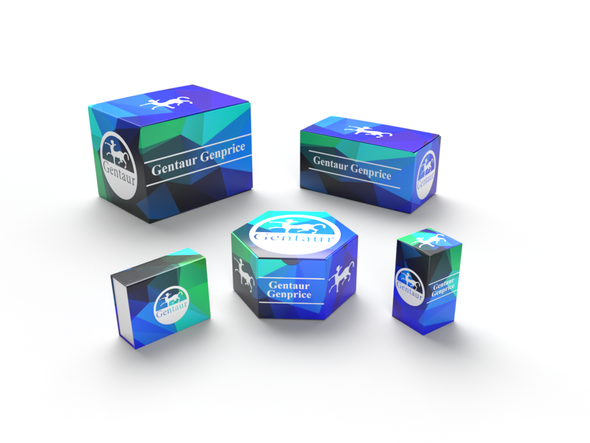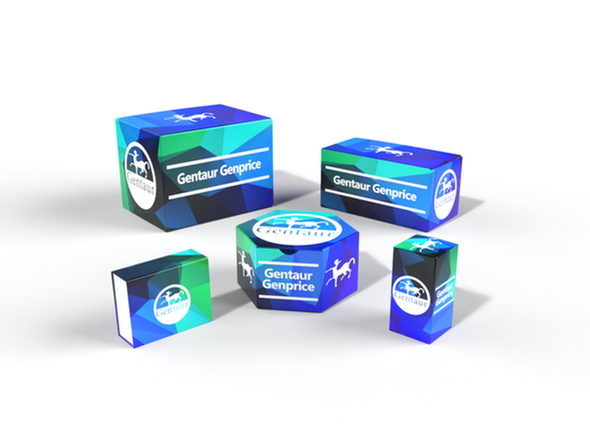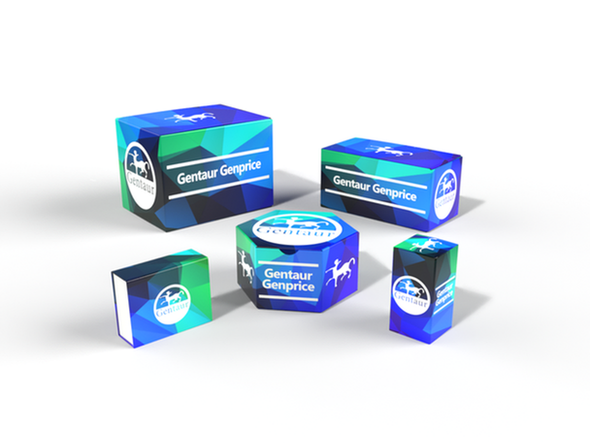451 Recombinant Proteins and Cell culture
VTG | Sole vitellogenin | AS06 127
- SKU:
- 451-AS06 127
- Availability:
- Usually ships in 5 working days
Description
VTG | Sole vitellogenin | AS06 127 | Gentaur UK, US & Europe Distribution
Immunogen: native vitellogenin purified from plasma of estradiol induced male of Senegalese sole (Solea senegalensis)
Host: Rabbit
Conjugation: N/A
Clonality: Polyclonal
Isotype: N/A
Purity: Serum
Format: Lyophilized
Tested Application: ELISA (ELISA), Western blot (WB)
Related Products: collection of antibodies to fish proteinsSecondary antibodies
Recommended Dilutions: 1 : 5 000 on sole serum (ELISA), 1 : 5 000 (WB)
Molecular weight: ca, 200 kDa
Confirmed Reactivity: Senegalese sole, Dicentrarchus labrax (sea bass), Sparus aurata (seabream)
Predicted Reactivity: N/A
Not reactive in: No confirmed exceptions from predicted reactivity are currently known
Additional Information: The developed VTG ELISA, using these VTG and AbVTG, has been validated for Senegalese sole, sea bass (Dicentrarchus labrax) and seabream (Sparus aurata), which all gave parallel displacement curves in the assay. Probably, plasmas from several other fish species displace parallel and can also be used in the assay, although it has to be validated for each case.
Background: Vitellogen (VTG) is a glucolipoprotein yolk precursor produced by all oviparous animals. This protein is female-specific and its expression is under hormonal control (estrogen) . However, in the presence of Endocrine Disrupting Chemicals (EDC's), males can express the VgTG gene in a dose dependent manner. The use of VTG gene expression in male fish can be used as a molecular marker of exposure to estrogenic EDC's.
Reconstitution: For reconstitution add 200 µl of sterile water
Storage: Store lyophilized/reconstituted at -20°C; once reconstituted make aliquots to avoid repeated freeze-thaw cycles. Please remember to spin the tubes briefly prior to opening them to avoid any losses that might occur from material adhering to the cap or sides of the tube.
TAIR Nnumbre: N/A
Category: Fish Proteins
Research Area: Cell Biology










